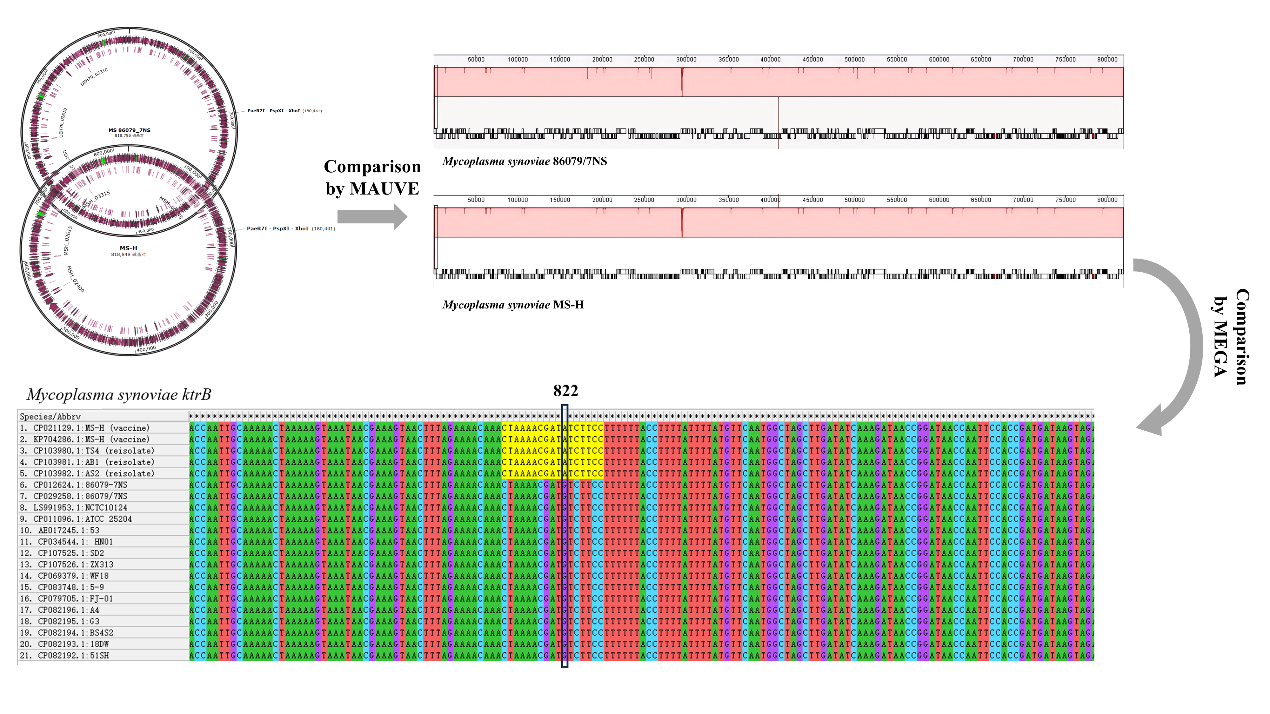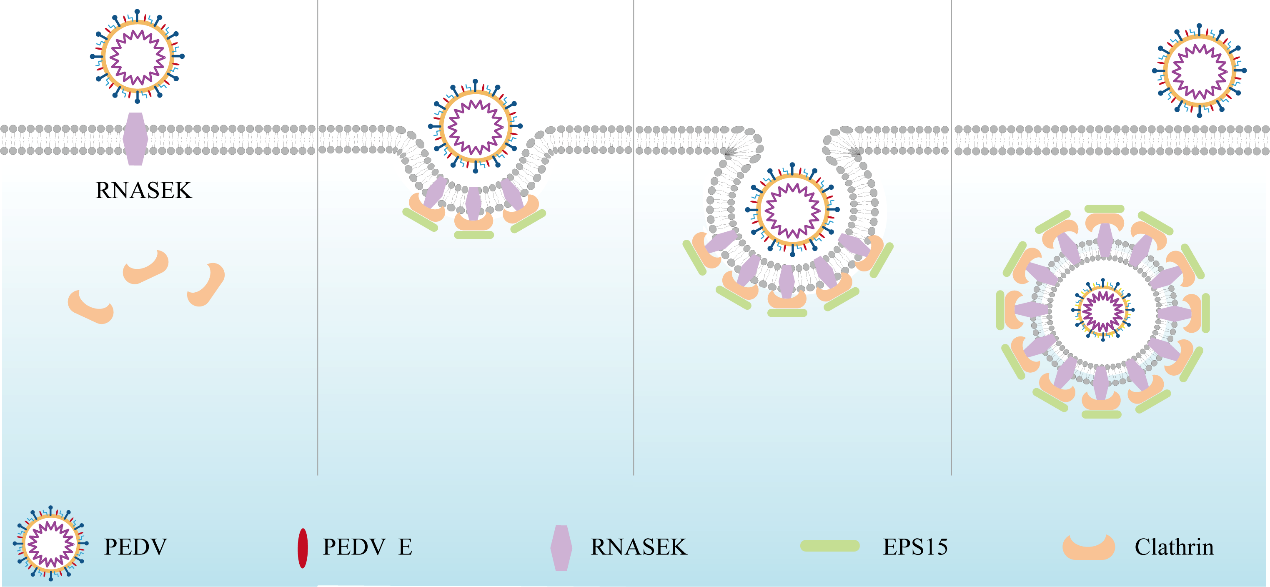
Recently, the Innovation Team of Risk Warning Prevention and Control of Animal Bacterial Diseases of SHVRI CAAS has made new progress in the development of a differential diagnosis technique for Mycoplasma synoviae (MS) in chickens,whichprovides a reliable approach for the prevention and control of Mycoplasma infection. The findings were published in Poultry Science.
Research Background
MS is a respiratory pathogen listed by World Organization for Animal Health that causes infectious synovitis and respiratory tract infections in chickens. The disease spreads rapidly via both horizontal and vertical transmissionand is extremely difficult to decontaminate as itslifelong persistence after infection. These characteristics have led to substantial economic losses in the poultry industry. MS has been reported in South America, Asia, Europe and Africa, indicating a global epidemic trend. In recent years, the infection rate among domestic laying and broiler flocks has increased, making it a significant constraint on the development of the poultry industry. Currently, enterprises prevent and control MS infection by inoculating the MS-H live attenuated vaccine. TheMS-H vaccine colonizes the upper respiratory tract after immunization and inhibits wild-type strains through competitive exclusion. However, the presence of numerous cross-reactive antigens between the vaccine and wild-type strains interferes with serological detection after immunization,which is not conducive to Mycoplasma purification and control.Therefore, the establishment of a method to accurately distinguish the MS-H vaccine strain from wild-type strains is crucial for differentiating immunized and infected poultry and for advancing Mycoplasma purification programs.
Research progress
In this study, researchers conducted a comparative bioinformatics analysis of the whole-genome sequences of MS-H and its parental strain 86079/7NS, identifying 21 genetic sites. Among these, the ktrB gene exhibited a stable variation in both MS-H and its reisolated strains, indicating its potential as a target for differential detection. Specific primers and MGB probes were designed for this gene, and a duplex qPCR method based on SNP was established to distinguish MS-H vaccine strains from wild-type strains. This studyimproves the accuracy of diagnostic results and can be applied in clinical diagnosis, laboratory pathogen isolation, and related detection procedures. It also provides technical support for the prevention, control and purification of MS inpoultry industry.

Design Workflow for Target Selection and Probe Development in Differential Diagnosis
Project Funding
Luru ZHAO, a master student of SHVRI, CAAS is the first author of the paper. Shaohui WANG, a senior researcher, and Jingjing QI, an associate researcher at the same institute, were the co-corresponding authors. This study was supported by the National Key Research and Development Program of China (2023YFD1800602) and the Science and Technology Innovation Program of the Chinese Academy of Agricultural Sciences (CAAS-ASTIP-2021-SHVRI).
Link to The Original Article
https://doi.org/10.1016/j.psj.2025.105011




